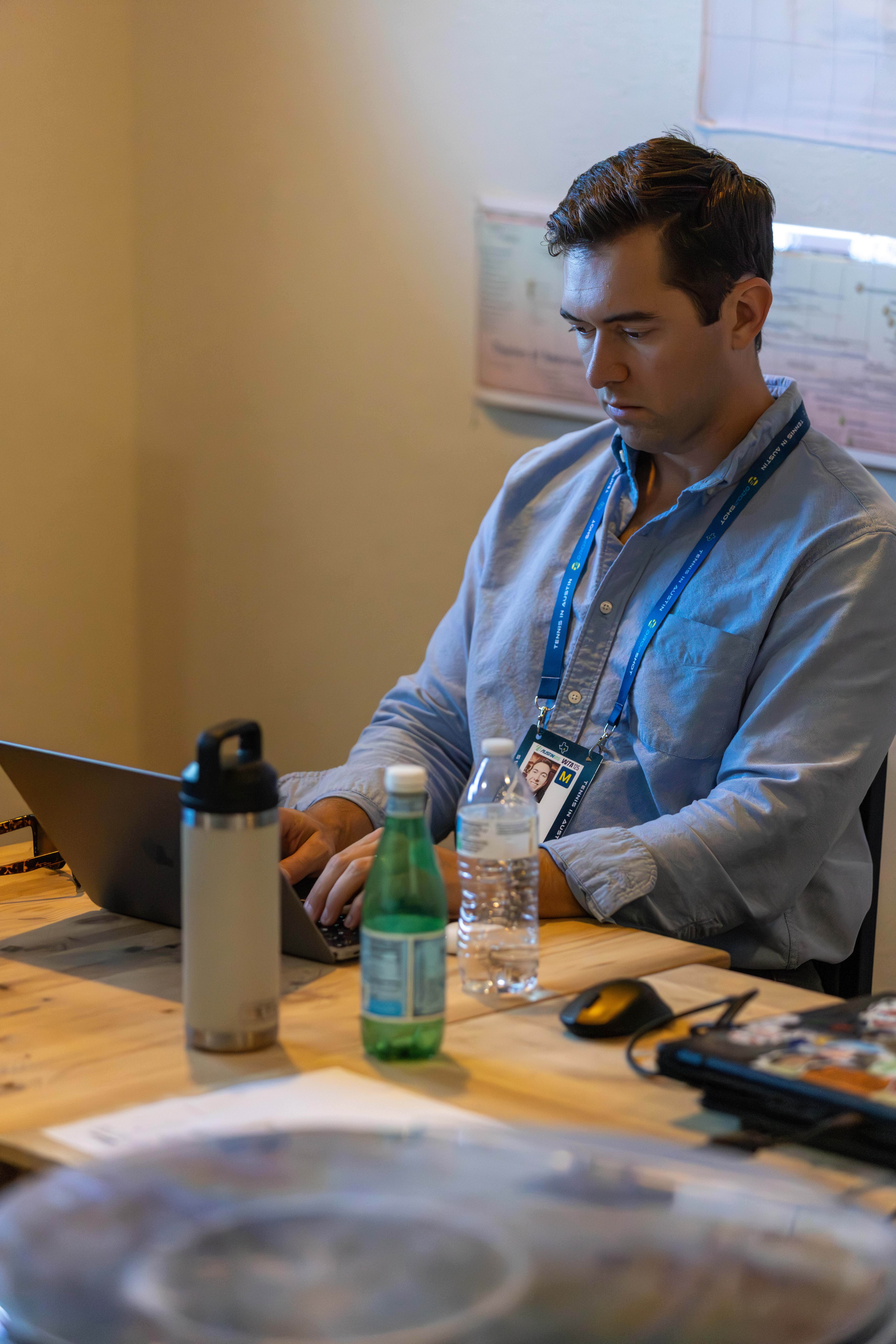Behind the Glass: Day Three – The Architecture of Practice
Nov 06, 2025
By Day Three, the Austin 125 feels different. The opening chaos has quieted, the novelty has worn off, and the whole event has shifted into a slower rhythm. What was once an arena of motion has become a campus of concentration.
The early rounds of singles are over. Many players have already packed up and left town. The ones who remain move differently now. They walk the grounds with purpose instead of urgency. The edges of the event have softened. From my seat on the sideline, it looks less like a tournament and more like a laboratory.
 The Practice Ecology
The Practice Ecology
Today was about watching how professionals train mid-tournament, when the adrenaline fades and what remains is craft. The courts were filled with coaches, sparring partners, and the subtle choreography of warm-ups and resets. It was clear that every player was managing their own ecosystem—body, schedule, energy, emotion.
Almost every session had a rhythm: a brief warm-up, then long stretches of point play. Players were competing inside practice, not just rehearsing technique. The drills looked less like repetition and more like simulation, small tactical experiments meant to keep the mind engaged.
Only toward the end of sessions did I see anything resembling traditional “technical” training—ten minutes of specific shot work, a few basket feeds, a couple of targeted corrections. The message seemed consistent: at this level, training is no longer about learning new movements but refining decisions. The body knows what to do; the mind is what needs reminding.
 Singles and Doubles Worlds
Singles and Doubles Worlds
What stood out most was how sharply the environment split between singles and doubles preparation. Players trained for one or the other, never both. The distinction wasn’t just strategic—it was cultural. Doubles groups carried a different energy: more laughter, shorter bursts, shared rhythm. Singles training felt solitary, almost monastic. The players who remained in the singles draw were quiet, deliberate, protective of routine.
Watching this divide reminded me that tennis isn’t one game but two overlapping species. The way a player moves, the kind of focus required, even the social contract between athlete and coach shifts completely depending on which version they are living that day. The doubles players rehearsed communication and positioning. The singles players rehearsed solitude.
 The Quiet After the Storm
The Quiet After the Storm
With half the field gone, the tournament grounds felt almost contemplative. The first two days had been filled with tension, the sound of new arrivals, the hum of scheduling and uncertainty. By Day Three, that had thinned into something more orderly. You could hear individual voices on the practice courts. Conversations between coaches and players carried across the complex.
The quiet allowed me to notice smaller things. How some coaches filmed every point. How others said almost nothing at all, letting their player self-organize. How the best sessions looked less like command and control and more like conversation.
There’s something revealing about this stage of a tournament. Early rounds are about adrenaline. Later rounds are about endurance. The middle days—the in-between—are where systems show themselves. They expose what habits hold up when external pressure drops away.
A Living Blueprint
From a distance, it’s easy to think performance happens in the match. But from behind the glass, it’s obvious that the match is only the visible tip of a much larger design. The practice court is where architecture happens. Every routine, every repetition, every pause before the next ball is a blueprint of how that player organizes themselves under uncertainty.
Day Three left me thinking less about winners and losers and more about the structure of attention. The athletes who remain understand that improvement is quieter than competition. It happens in the space between points, in the repetition of ideas, in the 10 minutes of focused technical work that ends an otherwise chaotic session.
If Day One was about adaptation and Day Two was about culture, Day Three was about design. The system at rest reveals the system at work.
Never Miss a Moment
Join the mailing list to ensure you stay up to date on all things real.
I hate SPAM too. I'll never sell your information.
